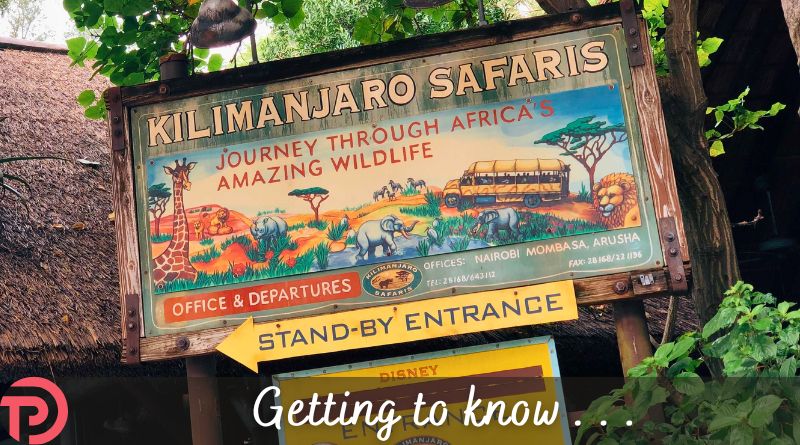
Five Things to Know About Kilimanjaro Safaris
Kilimanjaro Safaris is an open-air safari through the Harambe Wildlife Preserve. Think of your trip as more of a photo safari during which you have an opportunity to see a wide variety of wildlife roaming “freely” through forests, grasslands, and savannas. Read on to learn more about what you might see on your ride. But if you’re in a hurry for details like where it is and how long the ride lasts, click here to jump straight to the Nuts and Bolts section.
1. The queue is long and (relatively) dull.
Walt Disney said, “Whenever I go on a ride, I’m always thinking of what’s wrong with the thing and how it can be improved.” I’m totally guessing that Walt would have suggestions to improve the queue area for Kilimanjaro Safaris. To be honest, there’s not a lot to see as you wait in what is a really long queue. At one point, you pass through the “booking office.”
Elsewhere, overhead signs teach you how to say the animal names in Swahili. If you are close to one side, you’ll pass an animal exhibit with birds. Unfortunately, none of these will occupy your attention for as long as you’re standing in front of them. In the final stretch of your line, overhead screens show clips about the Harambe Wildlife Reserve. Frankly, there’s not a lot else to see as you wait.
2. The safari is close to the real thing.
Kilimanjaro Safaris is intended to be as close to an actual safari as you can get; the entire experience is designed to help you feel as if you’re on the real thing. Truth be told, it accomplishes this goal very nicely. The wonderful (and sometimes frustrating) aspect of Kilimanjaro Safaris is that no two journeys are alike. Since animal behavior is unpredictable, you never know which animals you’ll see on your safari. You may see a lot of animals, or sometimes only a few!

As you ride, you’ll see a wide variety of landscapes and different terrains, all designed as homes for African animals. It seems that all the animals are roaming freely, and it’s true, to a degree. The Imagineers have strategically placed camouflaged barriers built into the savanna, woodland, and rocky hills. This prevents the lions and hippos from wandering where they shouldn’t, and keeps guests safe, too! Clever separation to keep the lions and the zebras apart is there, but there are also some mixed-species exhibits where animals can wander very close alongside you. Or even, block the road in front of you.
For those of you who love lists, some of the 34 species roaming about include giraffes, hippos, wildebeests, elephants, antelope, impalas, gazelles, crocodiles, lions, rhinos, and cheetahs! To maximize the number of species you may be able to spot on your safari, the Imagineers have taken a few steps to encourage them to appear. Water holes, forage areas, and salt licks are placed in spots that “tempt” animals to be in sight near your path when your safari truck passes along.
Your guide will point out which animals are visible as you drive through and provide facts about them. This means that your guide’s information is also unique to your trip, because who knows which animals you’ll see? And even for animals that are seen frequently (like giraffes), guides choose their favorite facts to pass along, and you’ll learn different things on each ride.
For photos, drivers will try to accommodate guests and slow or stop the truck when animals are visible. But they may not be able to pause for long, so be prepared to click your shutter without taking time to frame the perfect shot. I have a whole roll of film (yeah, it was a while ago) of blurry wildebeests and lions. Thankfully, today’s smartphones can correct for this, to some extent, and you’ll often be able to get some great shots. Even though both sides offer views of the animals, the left side is considered the best by some.

One note: as a consequence of the devotion to making the experience as real as possible, the roads are bumpy! As you travel through the preserve, you can be guaranteed that you’ll hit some potholes and bumps in the path that will cause your safari truck (and you) to bounce and lurch around.
3. The idea traces back to Walt himself.
Long before the Animal Kingdom existed, Walt wanted to create a ride featuring live animals at Disneyland. He originally proposed the idea for Disneyland’s Jungle Cruise, but the impracticality of using animals soon became apparent and was shelved in favor of animatronics.
Later, Disney World would offer something Disneyland couldn’t. Walt said, “Here in Florida, we have something special we never enjoyed at Disneyland… the blessing of size.” So, in a sense, Walt’s dream of a ride featuring live animals came true when Kilimanjaro Safaris opened with Animal Kingdom on April 22, 1998.
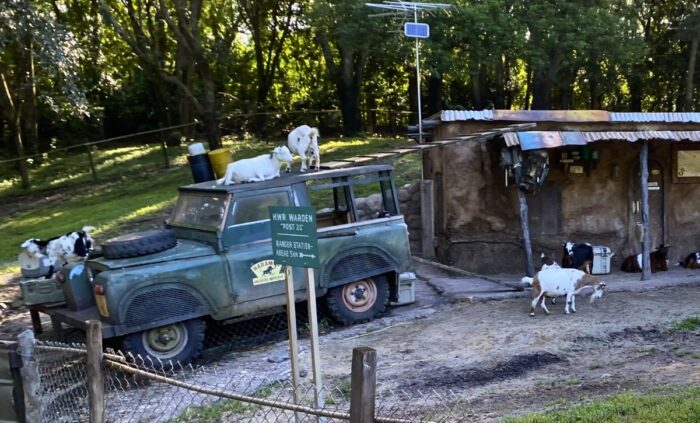
One improvement has been made to the attraction, at least in my opinion. The earliest script for the safari included a plotline about poachers and elephants. The experience could be a little intense – even a bit scary – at times. I remember in particular one part that involved crossing a rickety bridge that appeared to almost collapse while we were on it. Honestly, I didn’t mind when both parts of this storyline were removed.
At the D23 Expo on August 15, 2015, Disney announced an expansion that would be called Sunset Kilimanjaro Safaris. This would extend the operating hours of the attraction, add new landscapes and some new animals, including African wild dogs and hyenas. Although Animal Kingdom is rarely open after sunset these days, the new animals are still part of the safari.
4. Spilling some secrets of the safari.
⭐ Animal Kingdom is the largest of the WDW parks, spanning over 500 acres of which 110 are devoted to Kilimanjaro Safaris. For comparison, the whole Magic Kingdom covers just 107 acres.
⭐ The ride vehicles for Kilimanjaro Safaris are custom-built GMC trucks. They aren’t attached to a track or a predetermined route of any sort. Your guide actually drives the truck over the rough terrain. They do their best to miss any really bad dips and divots in the road, but there’s only so much room to maneuver on the paths.
⭐ The rocks in the preserve can provide the animals with air conditioning during extreme heat. They can also be heated when it gets colder than it should be for the animals.
⭐ The island in the middle of the flamingo pond you pass is a big hidden Mickey.
⭐ At 20 minutes, Kilimanjaro Safaris is the longest ride in the parks that’s not a movie or show.
5. The Nuts and Bolts.
Kilimanjaro Safaris is located at the rear of the Africa section in Disney’s Animal Kingdom Park. The ride does operate when it’s raining, if possible, but it may close if the weather takes a turn for the worse. And although it has overhead fans, because it’s an open-air queue, it’s not all that comfortable on a hot, humid Florida day. Start to finish, the ride lasts 20 minutes, plus or minus, although it may occasionally be longer if an animal blocks the path for a bit.
The safari trucks are open-air vehicles. Each can hold 35 guests with 3-5 guests in a row. As you might expect, the seats aren’t easy chairs and consist of a slightly padded bench with a back.
To board, you have to take a small step up into the vehicle. Guests in an ECV must transfer to a standard wheelchair. To accommodate this, there are designated transfer and loading areas. There are no height restrictions for Kilimanjaro Safaris. But because of the bumpy terrain, Disney advises that for safety, you should be in good health and free from high blood pressure, heart, back, or neck problems, motion sickness, or other conditions that could be aggravated by this adventure. Expectant mothers should not ride.
To make the safari accessible to as many as possible, the following aids are available from Guest Services with a refundable deposit: Handheld Captioning, Video Captioning, and Assistive Listening Devices. Kilimanjaro Safaris is one of Animal Kingdom’s busiest attractions and is not open for Early Entry, but waits diminish in the late afternoon, sometimes as early as 3:30 pm. Lastly, Lightning Lane is available with a Lightning Lane Multi Pass or Premier Pass.
The Bottom Line.
We think Kilimanjaro Safaris is not to be missed. Unofficial Guide to Walt Disney World co-author, Bob Sehlinger, agrees, saying: “Having traveled in Kenya and Tanzania, I can tell you that Disney has done an amazing job of replicating the sub-Saharan East-African landscape. As on a real African safari, what animals you see, and how many, is pretty much a matter of luck. We’ve experienced Kilimanjaro Safaris more than 100 times and had a different experience on each trip.”
Have you taken the safari or been on it multiple times? What was the more exciting animal encounter you had? Let us know in the comments below!
(Originally published March 22, 2023. Last updated/republished September 18, 2025)

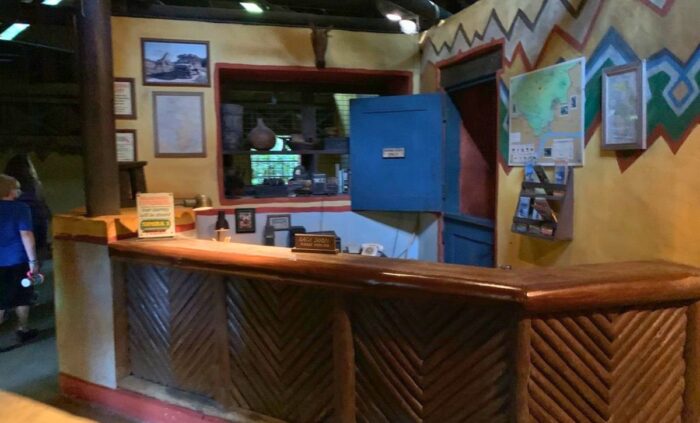
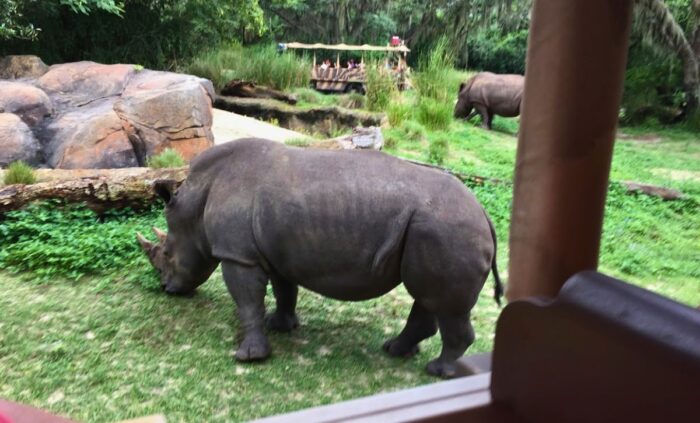
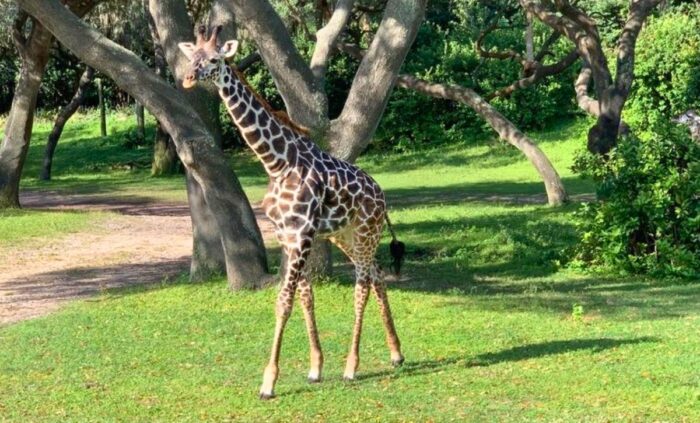
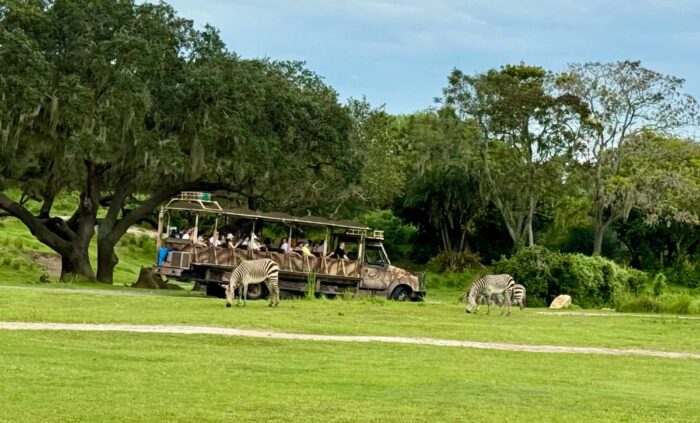
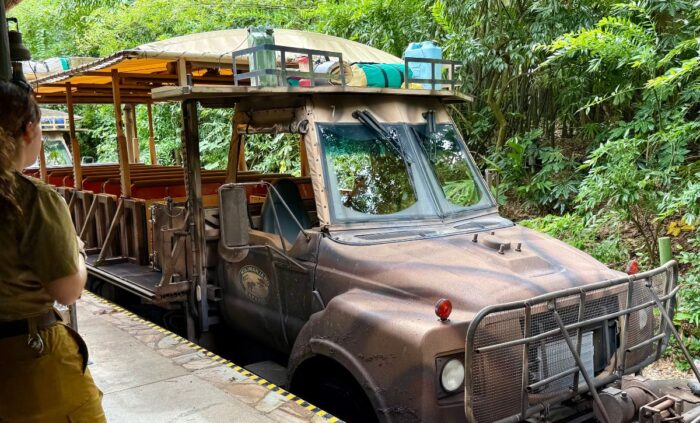


This will be my frist time on the safari at Disney world I’m so excited about the ride and I can’t wait to ride it and I love the African aminals because I’m part African
If you enjoy the Safari, I would also recommend doing the Wild Africa Trek to anyone that has a chance to do so! This experience was fantastic and goes into places that the Safari doesn’t and is a much more “up close and personal” tour of the area.